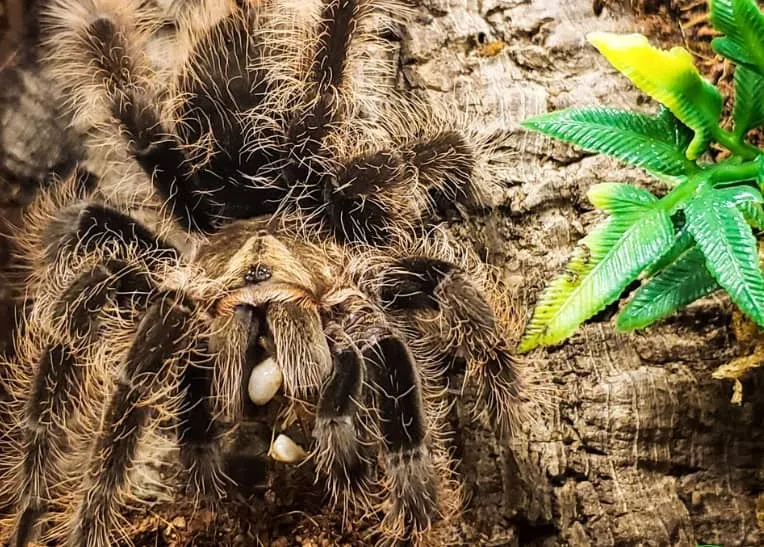Understanding Tarantula Hair Loss
Hair loss, or more accurately, the shedding of urticating hairs, is a common occurrence in tarantulas, including the popular Curly Hair Tarantula (Tliltocatl albopilosus). While it can be alarming for owners to observe bald patches on their beloved spiders, understanding the underlying reasons and knowing how to respond is crucial. This guide provides quick facts and essential information to help you navigate this aspect of tarantula ownership, ensuring the health and well-being of your pet. The Curly Hair Tarantula, known for its distinctive, curly setae (hairs), uses these hairs as a defense mechanism. When threatened, the tarantula flicks these hairs towards the perceived danger, causing irritation. However, hair loss can also occur due to natural processes like molting or environmental factors. Recognizing the difference between normal shedding and potential problems is key to providing appropriate care and preventing further issues.
What Causes Hair Loss in Tarantulas
Multiple factors contribute to hair loss in tarantulas. It’s important to distinguish between normal shedding and excessive loss. The most frequent cause is the tarantula’s defense mechanism. The spider will use its urticating hairs when feeling threatened, which will cause it to lose some of its hairs. However, other factors can also trigger hair loss, these include molting, environmental conditions, stress, and health issues. Knowing the root cause will help you give your tarantula the best possible care.
Natural Defenses of Tarantulas
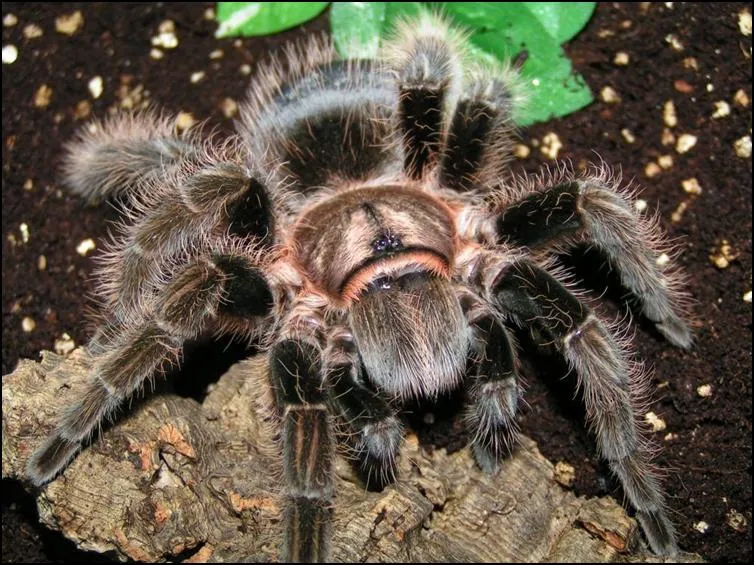
Tarantulas possess a range of defenses, with urticating hairs being a primary one. These fine, barbed hairs are located on the abdomen and are flicked towards potential threats. Upon contact, these hairs embed in the skin or eyes, causing irritation and discomfort. This defense is highly effective against predators and serves as a crucial survival tool. The tarantula instinctively uses this mechanism when feeling threatened or stressed. The spider will rub the abdomen with its legs, releasing the hairs in the direction of the threat. While effective, this process does result in some hair loss.
The Role of Urticating Hairs
Urticating hairs are more than just irritants they are a complex part of the tarantula’s survival strategy. The type and potency of these hairs vary among different species, with some being more irritating than others. The Curly Hair Tarantula has relatively mild urticating hairs compared to some other species. The hairs are typically flicked off the abdomen. These hairs can cause an allergic reaction in some individuals, and it’s important for owners to handle their tarantulas with care and avoid direct contact with the hairs whenever possible. Regular cleaning of the enclosure can also help to reduce the accumulation of shed hairs.
Why is My Curly Hair Tarantula Losing Hair
The reasons behind hair loss in a Curly Hair Tarantula are varied. It’s essential to investigate the specific circumstances to determine the cause. Identifying the cause allows owners to take corrective measures and maintain the health of their pet. Hair loss can be a normal, self-defense response or a sign of a larger problem, so a comprehensive understanding is vital. A quick investigation can save you from unnecessary stress, and allow your spider to live a long and healthy life.
Molting Process and Hair Loss
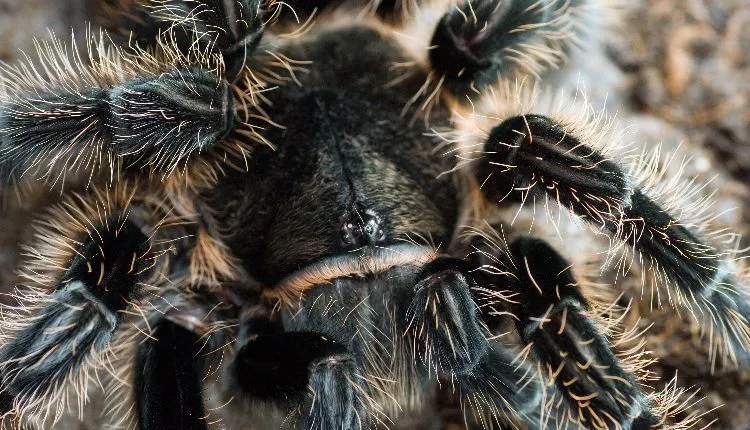
Molting is a natural process where tarantulas shed their exoskeletons to grow. During molting, the tarantula’s body prepares to shed its entire outer layer, including the lining of its gut and the lining of its breathing structures. As the new exoskeleton forms underneath, the old one splits open, allowing the tarantula to emerge. Hair loss is commonly associated with molting, and it’s normal to see a bald abdomen following the process. The urticating hairs are also part of the exoskeleton, so they are shed with the old skin. The tarantula will regenerate its urticating hairs with each molt, but in the meantime the spider will feel vulnerable. After molting, the new exoskeleton is soft, and the tarantula is particularly vulnerable until it hardens. Providing a safe and undisturbed environment during this period is crucial.
Environmental Factors Affecting Hair Loss
Environmental conditions, such as humidity and substrate, significantly impact the health of a Curly Hair Tarantula. The right habitat will ensure that your spider is healthy and can thrive. Improper humidity can lead to dehydration and difficulty molting. A dry environment can make the exoskeleton brittle, increasing the risk of damage and hair loss. The substrate’s quality is also important, with the right substrate providing a good environment for the tarantula to thrive, while also aiding in shedding. Maintaining the correct humidity levels and a clean environment are essential. Regular misting and providing a water dish are crucial for maintaining adequate humidity. Make sure to replace the substrate as needed.
Stress and Hair Loss
Stress can trigger defensive behaviors, including the flicking of urticating hairs, leading to hair loss. Handling, loud noises, and frequent disturbances can all contribute to stress in tarantulas. A stressed tarantula may also exhibit changes in its behavior, such as refusing food or hiding excessively. Providing a secure and calm environment is essential for minimizing stress. Limit handling to necessary situations, and avoid placing the enclosure in high-traffic areas. Ensure the enclosure is large enough and provides plenty of hiding places, such as cork bark or artificial plants. Avoid sudden movements and loud noises near the enclosure. By creating a stable environment, you can help reduce stress levels and minimize hair loss.
Common Health Issues
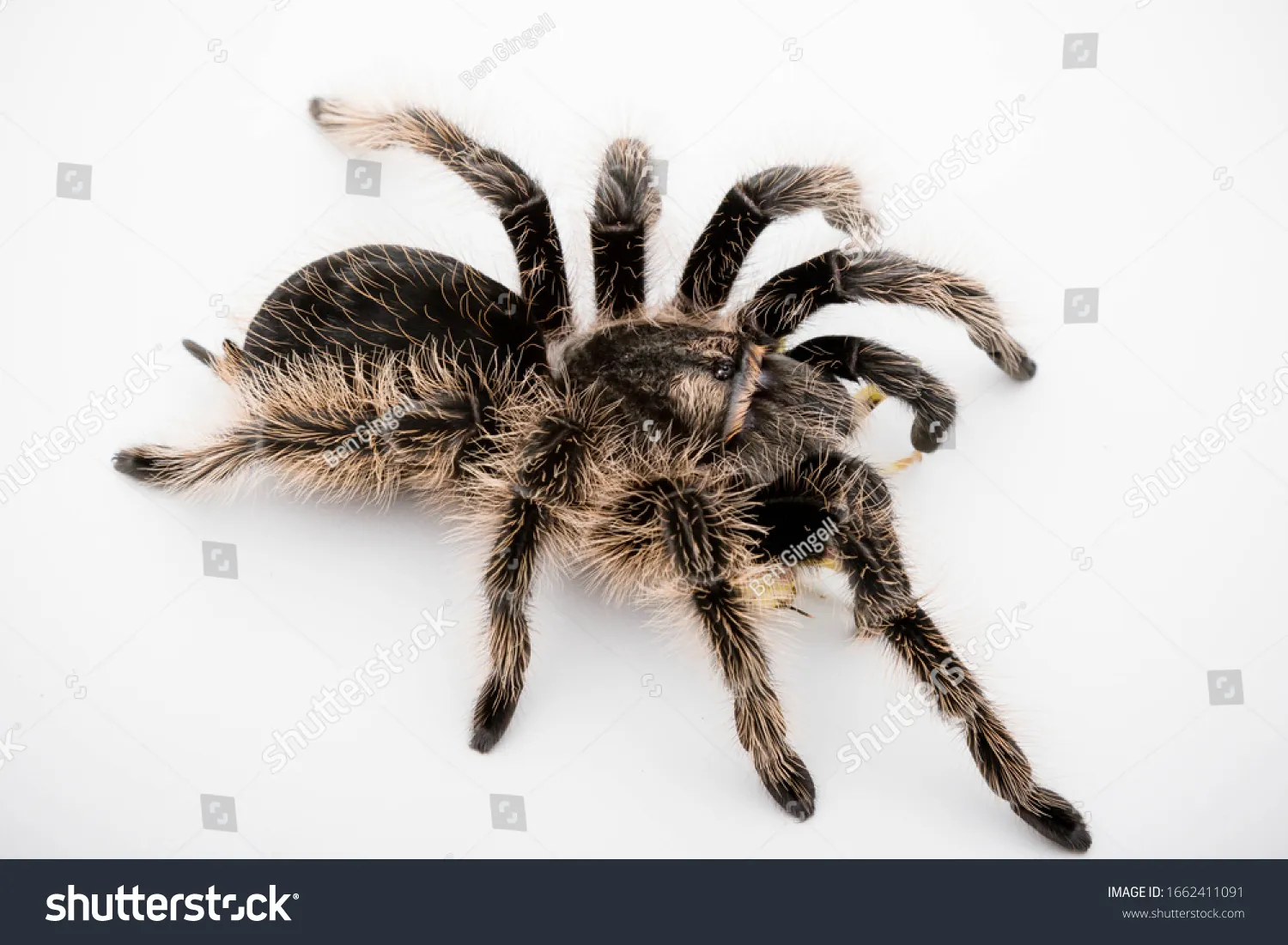
Although rare, certain health issues can cause hair loss. Parasitic infections and fungal diseases can weaken a tarantula and affect its ability to maintain its exoskeleton. If hair loss is accompanied by other symptoms, such as loss of appetite, lethargy, or unusual behavior, consult a vet that specializes in exotic animals. A vet can diagnose underlying health problems and provide appropriate treatment. Proper hygiene, a balanced diet, and a stress-free environment are essential for maintaining a healthy tarantula.
How to Care for a Tarantula Experiencing Hair Loss
Addressing hair loss involves a proactive approach. Proper care, a suitable habitat, and a calm environment are key to promoting the tarantula’s health and helping it recover. This also involves knowing when to seek professional help from a vet. By understanding the different causes, and taking appropriate steps, you can help your tarantula live a happy and healthy life.
Provide Proper Habitat
The enclosure should be appropriately sized and have the correct substrate. A well-designed habitat is critical for the tarantula’s well-being. Provide a substrate that retains humidity and allows the tarantula to burrow. Cork bark, artificial plants, and other decorations should be added to create hiding places, reducing stress. A secure lid is also essential to prevent escapes. The enclosure should also be placed away from direct sunlight and loud noises.
Maintain Optimal Humidity and Temperature
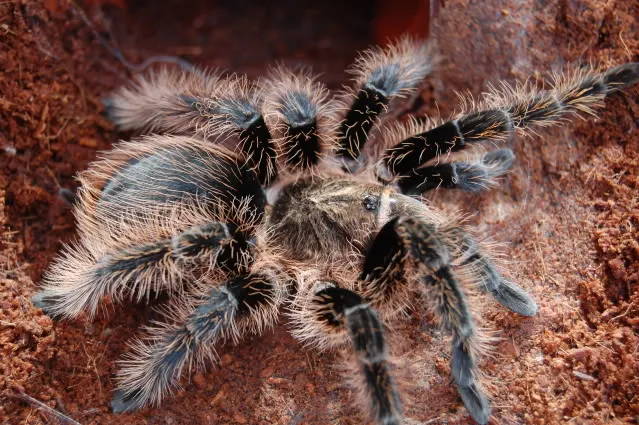
Maintaining the right humidity and temperature is critical for the tarantula’s health. The enclosure’s temperature should be between 75-85°F (24-29°C). Use a reliable thermometer to monitor the temperature. Humidity levels should be maintained between 60-70%. Misting the enclosure regularly can help achieve this, however, avoid over-misting the enclosure. This can lead to mold and other issues. A shallow water dish should always be available.
Ensure Proper Nutrition
A balanced diet is essential for a tarantula’s health and vitality. The Curly Hair Tarantula is primarily an insectivore, so its diet should consist mainly of insects. Crickets, mealworms, and roaches are all common choices. The insects should be gut-loaded before feeding them to your tarantula, which means providing them with nutritious food so that they are healthy. Offer food every few days. Remove any uneaten food within 24 hours to maintain a clean environment. Avoid overfeeding, as this can lead to health issues.
Handling and Hair Loss
Handling should be minimized. While some tarantulas tolerate handling, others become stressed. Frequent handling can trigger the release of urticating hairs. If you need to handle your tarantula, do so carefully, and avoid sudden movements. Wash your hands after handling the tarantula. Always handle the tarantula over a soft surface, such as a bed or carpet, to prevent injury if it falls. It’s essential to respect the spider’s space and recognize when it’s showing signs of stress.
When to Seek Veterinary Help

Knowing when to seek professional help is crucial for your tarantula’s health. Regular observation and a proactive approach can help detect any potential problems early. Consult a veterinarian who specializes in exotic animals if you observe any of these issues. Prompt intervention can improve the likelihood of a successful outcome and prevent further complications.
Recognizing Severe Hair Loss
While some hair loss is normal, excessive hair loss is a cause for concern. If your tarantula has large bald patches, or if the hair loss is accompanied by other symptoms, seek professional help. This is especially true if you notice the tarantula’s abdomen appears red, or if it has wounds. Severe hair loss can be a sign of an underlying health issue.
Signs of Underlying Health Issues
Hair loss accompanied by additional symptoms is a significant sign of an underlying health issue. If your tarantula shows signs of loss of appetite, lethargy, or any unusual behavior, seek professional help. Other signs include discoloration, swelling, or any discharge. These could indicate various health problems, from parasitic infections to bacterial or fungal infections.
Long-Term Care and Prevention
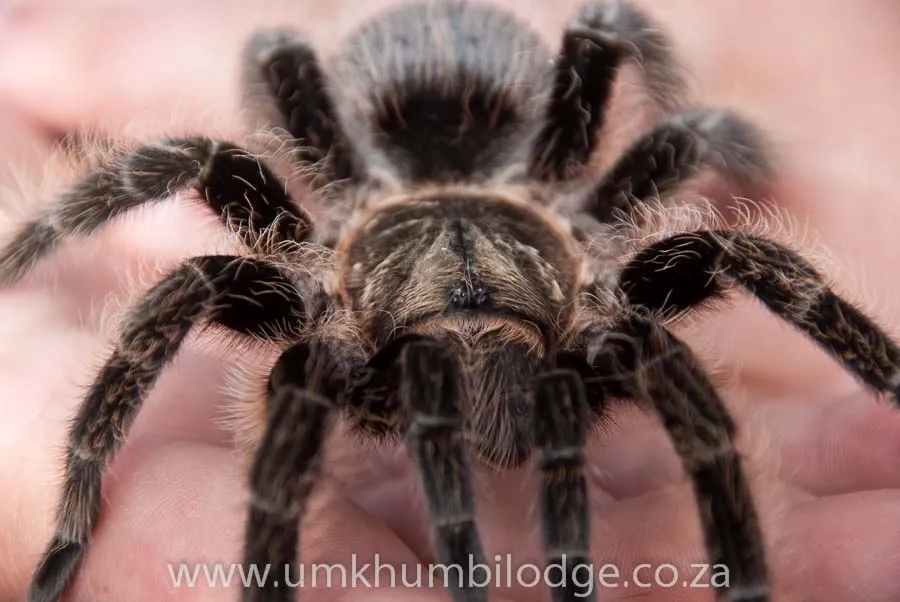
Long-term care focuses on the consistent practice of preventative measures. By consistently monitoring your tarantula and maintaining a suitable environment, you can minimize the risk of hair loss and ensure its overall well-being. Proper care and proactive measures will go a long way in ensuring your spider’s long and healthy life.
Regular Inspections and Monitoring
Regular inspection of your tarantula is the best way to detect early signs of problems. Check the enclosure weekly, and observe your tarantula’s behavior. Look for any changes in appearance, activity levels, or eating habits. Monitor the humidity and temperature levels. These regular inspections will enable you to take proactive measures and address any potential problems early, preventing further health issues.
Maintaining a Stress-Free Environment
Reducing stress is essential. Place the enclosure in a quiet area, away from excessive noise and vibration. Limit handling and avoid sudden movements near the enclosure. Provide ample hiding places, and avoid overcrowding. Maintaining a secure, calm environment will help prevent defensive behaviors and promote your tarantula’s well-being.
The Importance of a Balanced Diet
A balanced diet is crucial for overall health, including the condition of the exoskeleton and the ability to molt successfully. Feed your tarantula with a variety of gut-loaded insects, such as crickets and mealworms. Ensure fresh water is always available. Nutritional deficiencies can affect the tarantula’s health, so a varied and nutritious diet is essential for its long-term health.
